Written by Linda Abbit, Senior Planet
We all want to be independent and in control of our lives for as long as possible—preferably until the day we die. But independence doesn’t always pan out; illness or injury can strike suddenly and make life alone impractical. And as our worlds shrink, living alone can start to feel lonely—and loneliness, researchers say, can kill.
But what about interdependence.
The village community model combines aging in place with the type of interdependent living that helps make aging alone for longer possible. It’s an innovative, DIY take on what life in traditional American villages used to offer—trusted relationships with neighbors and the wider community. A nonprofit, grassroots solution that’s governed by its members, Villages have become the way of life for thousands of urban and suburban seniors across the US.
Although the village model is designed for older adults, choosing to join a village is a vote in favor of intergenerational living. Not everyone wants to live in a large retirement community— sometimes referred to as an “old-age ghetto.” When you live in a village, you’re still part of your larger community, too.
“I see the village model as an opportunity to create a positive prototype for aging, an image that we’d want to live into,” says Kate Hoepke, executive director and a resident of San Francisco Village.
It Takes a Village
A village is first and foremost “a community that relies on the passion, talents, and expertise of the people in it,” Hoepke says.
In the village model, older members of a neighborhood or group of neighborhoods are linked with one another and with a network of volunteer and paid services. The members help each other. If you’re sick, other villagers will visit and bring you what you need—and vice versa. Service providers provide additional help. Need to see a doctor? A volunteer driver will take you. When your sink clogs, the village will send a trusted repair person who services all the village members. And social events keep you all connected.
There are over 300 villages now in the US and each is governed by a board of directors made up of members. Dues paid by members support paid staff—often a single coordinator—who aims to meet all the villagers’ needs by sourcing, screening and delivering services.
What a Village Provides Its Members
Besides the day to day neighborliness of village members, a typical village provides for the social, educational and day-to-day needs of members through a more formal structure administered by the village coordinator.
Social events might include game days, lunches and dinners, trips to museums and other places of interest, parties, taiko, meditation, and discussion groups based on members’ backgrounds and interests. And there are educational events: speakers, seminars, workshops and courses on a wide variety of topics.
The coordinator manages a vetted list of service providers and community partners to call when a villager needs help: home maintenance and repairs, technology help, health and wellness services, transportation, light housekeeping and shopping assistance. Service providers—from drivers to handymen—will often negotiate special prices when they’re contracted to work for an entire village.
There are also volunteer opportunities for members to help each other one-on-one, organize and lead a new activity or class, or become board members to help the overall operations.
Why Join a Village?
Village members range in age from their 50s through their 90s, and members can join at any age (some have a minimum age requirement of 50 or 55). Many join at in their 50s or 60s for the social aspects and to help the older members, and then as they age up, they start using the other services.
Jeanne Hays is an exception: She joined her village earlier this year, when she was 92. She had decided to stop driving and realized that she would be confined in her apartment without a car. “So that day I decided I was interested and joined San Clemente Village,” she says.
Fumi Liang, 64, co-founded Care Connections Network, a village located in Huntington Beach, California. At that time, her parents were still living in Japan where she was born, and her mother said, “There is a senior waiting everywhere for help.” Just as someone else was taking care of her parents overseas, Liang had the strong desire to help people older than her on her own turf.
Roberta Rothman, 76, joined San Francisco Village five years ago after she sold her home and moved back to an apartment in the city neighborhood where she used to live. “Unfortunately, many of my friends had either moved away or died,” she says. Joining the village helped her make new connections. “It’s really nice to know people in your own neighborhood.”
The members we spoke with agree unanimously that village living is a long-term solution for them, even as they age and need more or different types of help. Rothman explains, “It’s a little bit like an insurance policy. When and if you’ll need these things, there’s going to be someone there. If I have to stop driving, which would be a very difficult change, I know I could get people to take me to doctors and remain social. As long as one keeps one’s health within reason, I certainly see this as a solution to a lot of needs.”
If you’ve been helping other members while you’re able to and then find yourself needing help, you’ll be less hesitant or embarrassed to ask for help—something many people have trouble doing at all ages.
Liang agrees, “It’s my turn to give and help others who are older live a high quality of life. Then I will pass it on to younger generations. When the time comes, I hope to enjoy the benefits of what we started in Care Connections Network.”
The Village Movement is Young and Evolving
The village concept began in Boston’s Beacon Hill neighborhood in 2001. As more villages formed, the Village-to-Village Network was founded in 2010 to help communities establish new villages and manage them, and to grow the village movement overall.
When the movement was launched, the idea was that membership dues would be the villages’ primary source of revenue, but that hasn’t been the case. “The conundrum is how do we pay for this if we don’t rely on membership fees? And how can a person who is low-income afford the membership?” Hoepke says. Villages aim to be inclusive of all income levels and ethnicities living in their geographic area. That means keeping dues as low as possible while providing for a high level of services to meet the needs of an aging population. Until the village movement solves the conundrum, its potential for growth may be limited.
Villages all tap into multiple resources for funds beyond dues, including fundraising events throughout the year, cultivating private donors and applying for grants. The Care Connection Network is able to keep its annual dues lower because a local Church allows the village to use its space for an office and events at no charge. Village movement advocates are hoping for an investor or business partner who sees the long-term benefits of the model.
Some cities are supportive of villages. For example, San Francisco has allocated municipal funds and given a grant to San Francisco Village. “San Francisco is similar to other major cities in the country,” Hoepke says. “Twenty percent of our population, or one in five residents, are older than 60, and those numbers are projected to reach 30 percent, or one in three. City officials don’t want older people to leave.”
Because it’s a young movement, leaders realize that they need to increase public awareness of the village model and its benefits. “From a business point of view, you can’t sell a product if people don’t know you’re there and what you have, “
Hoepke says. “We need to inform people of who we are, what we do and why it matters.”
It takes time and energy to keep a high-level of vetted and professional providers available for village members. “You really need passion to do the constant follow-up and searching for good services for all members,” Liang says. But the community of caring people that the effort produces is well worth the hours of work that both members and volunteers put in.
Liang sums it up: “Aging is universal. Don’t be afraid. We’re all in this together and we can be as active as we want for as long as we want. You can keep living at home because you feel less fear and more confidence—with one phone call, help is on the way.”
Explore the Village Movement
Visit Village to Village Network, the national organization that helps communities establish and sustain individual Villages. The network’s website includes a map of current villages in the US and those in development, and provides a guide to starting your own Village.
Visit the websites of the villages mentioned in this article: San Francisco Village, Care Connections Network and San Clemente Village.
Watch a video about the Beacon Hill village on SeniorPlanet.org
https://seniorplanet.org/the-village-model-a-neighborly-way-to-age-in-place/

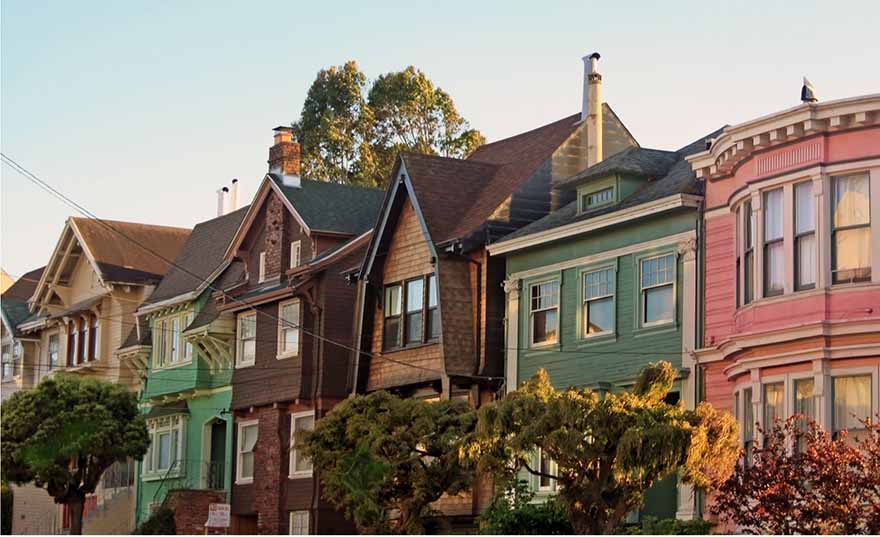
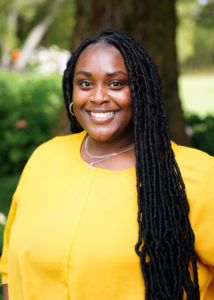
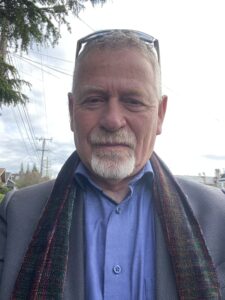

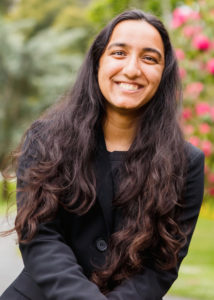
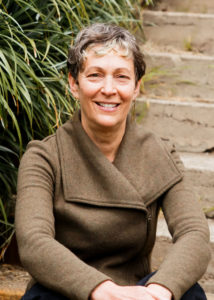
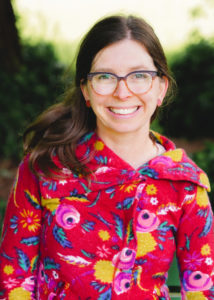
 Sara joined the team in 2018. She brings with her 20 years of experience in community development, philanthropy, and organizational management. She completed her bachelors at George Washington University and her masters at UC Berkeley. Her career focus has been on evaluating how community groups run from year-to-year and strengthening daily processes to increase institutional success. Sara loves travel and global development issues, particularly a non-profit she founded 10 years ago focusing on students’ access to school in Cambodia. Sara is raising her family here in San Francisco.
Sara joined the team in 2018. She brings with her 20 years of experience in community development, philanthropy, and organizational management. She completed her bachelors at George Washington University and her masters at UC Berkeley. Her career focus has been on evaluating how community groups run from year-to-year and strengthening daily processes to increase institutional success. Sara loves travel and global development issues, particularly a non-profit she founded 10 years ago focusing on students’ access to school in Cambodia. Sara is raising her family here in San Francisco. Maya is a public relations and communications professional with more than a decade of experience; her expertise includes consumer products and technology PR, as well as event management and content development. She has been a pro-bono consultant with the Taproot Foundation since 2012, and has participated in three service grants to date. Maya attended the University of California at Los Angeles (UCLA) and graduated with a BA in mass communications and a minor in political science.
Maya is a public relations and communications professional with more than a decade of experience; her expertise includes consumer products and technology PR, as well as event management and content development. She has been a pro-bono consultant with the Taproot Foundation since 2012, and has participated in three service grants to date. Maya attended the University of California at Los Angeles (UCLA) and graduated with a BA in mass communications and a minor in political science.